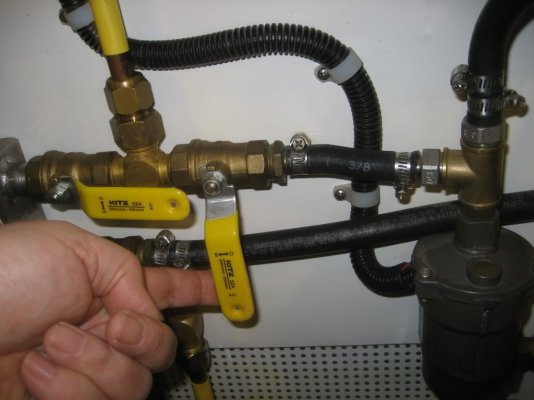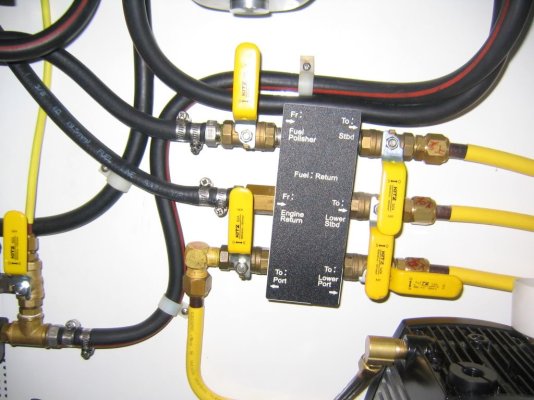KJ
El Capitan
Inquiry --- how low do you let your fuel tanks get before you switch over (if you have more than one) or refuel?* Do you ever let them run completely dry (empty)?*Any concerns about mixing old fuel with new?* Do you do fuel polishing?*
* Tanks a lot,** KJ
* Tanks a lot,** KJ


